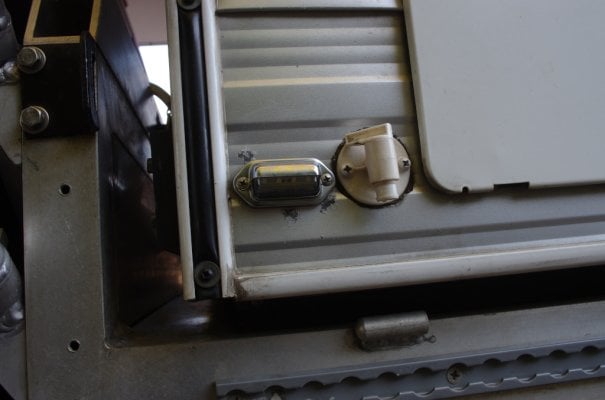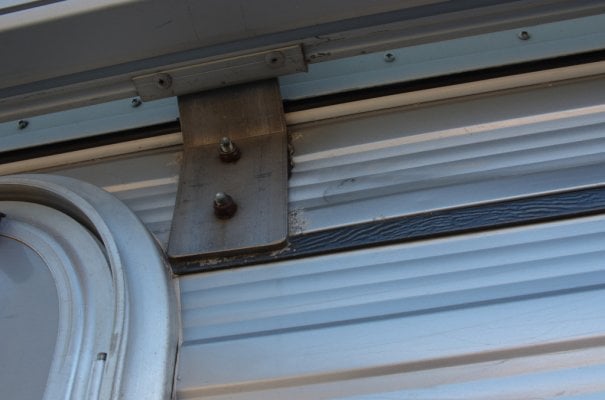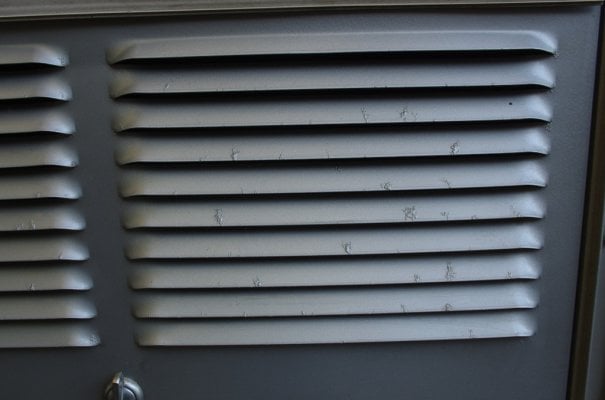I'm going through a 2015, silver spur color camper I recently purchased.
There is corrosion around everything.. Not bad. Spreads 1/2" to an inch. Not deep.. The finish pealed, but once clean, doesn't seem lower than the surrounding metal. Maybe I'll post pics..
But anyway, as I repair all this, what sealant should I use when I re-attach everything to the camper?
All the existing sealant appears to be FWC factory, as it all matches. It's soft.. Like, I can dig away at it w/ my fingernail. It's not rubbery like silicone. But it has also failed, else I don't think I'd have this bad corrosion.
Could anyone let me know what I should be using? I've seen suggestions for marine sealant. Marine adhesive. Regular silicone caulk, etc.. Not sure what would be best.
Thanks a lot!
There is corrosion around everything.. Not bad. Spreads 1/2" to an inch. Not deep.. The finish pealed, but once clean, doesn't seem lower than the surrounding metal. Maybe I'll post pics..
But anyway, as I repair all this, what sealant should I use when I re-attach everything to the camper?
All the existing sealant appears to be FWC factory, as it all matches. It's soft.. Like, I can dig away at it w/ my fingernail. It's not rubbery like silicone. But it has also failed, else I don't think I'd have this bad corrosion.
Could anyone let me know what I should be using? I've seen suggestions for marine sealant. Marine adhesive. Regular silicone caulk, etc.. Not sure what would be best.
Thanks a lot!



